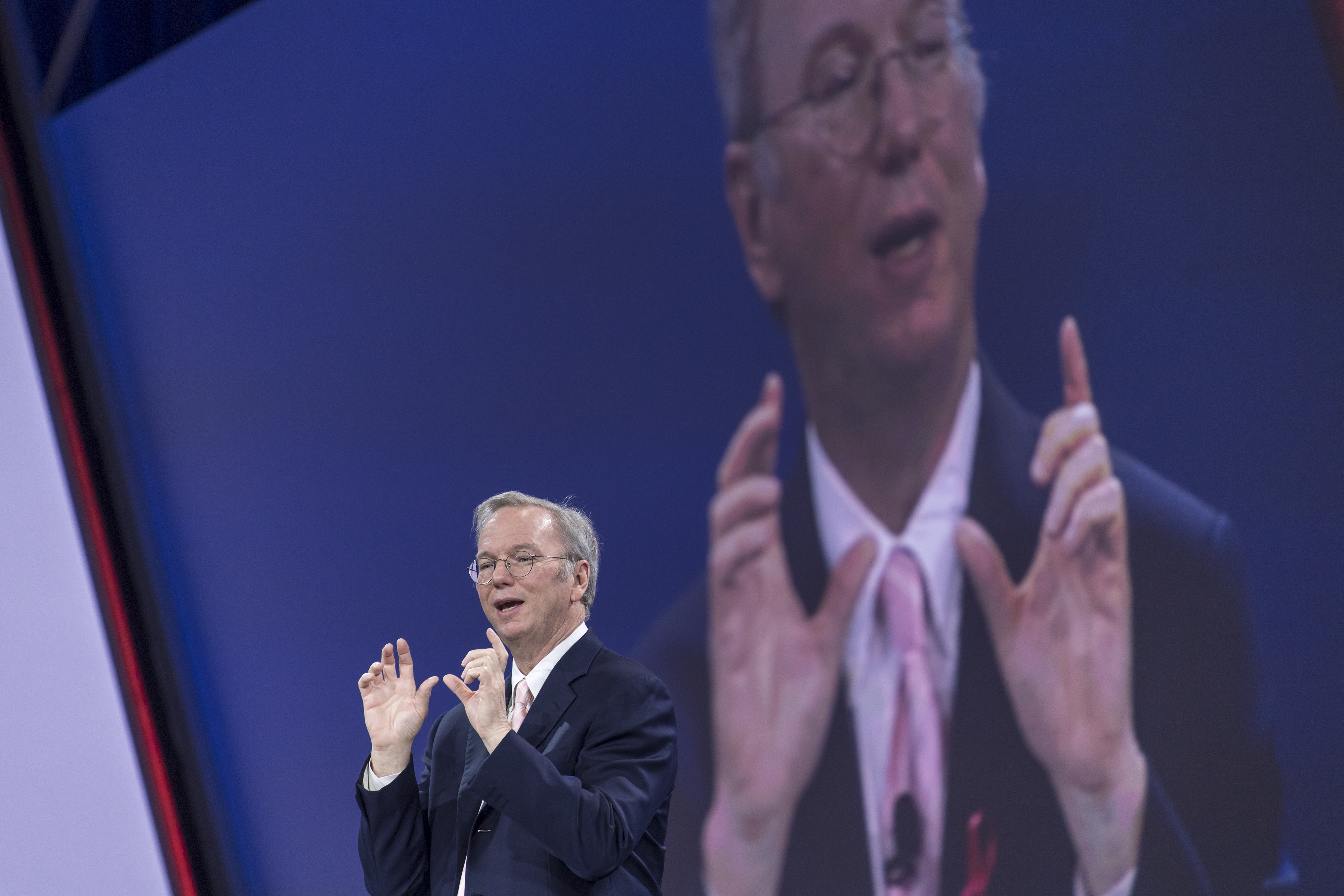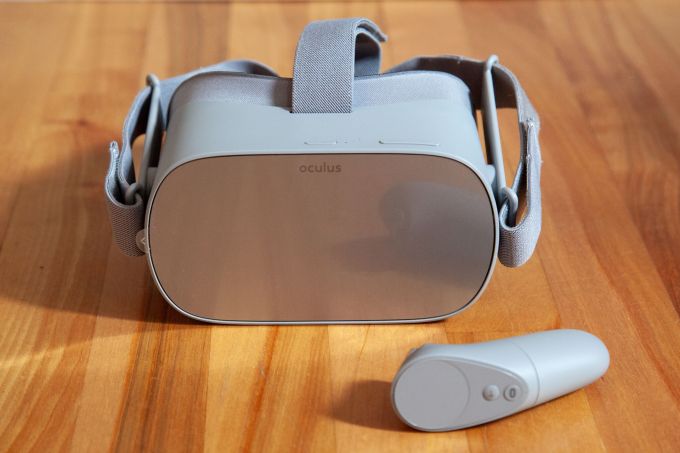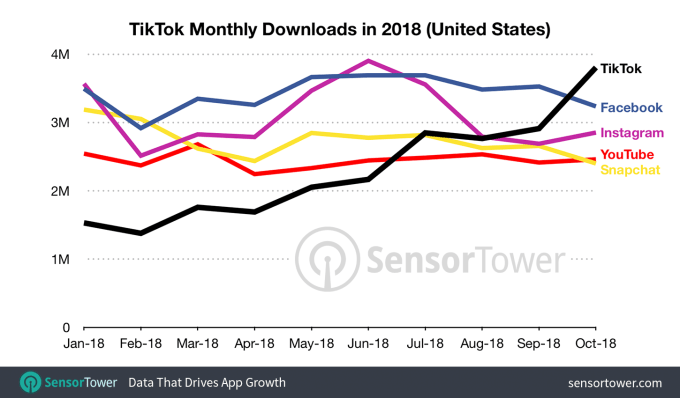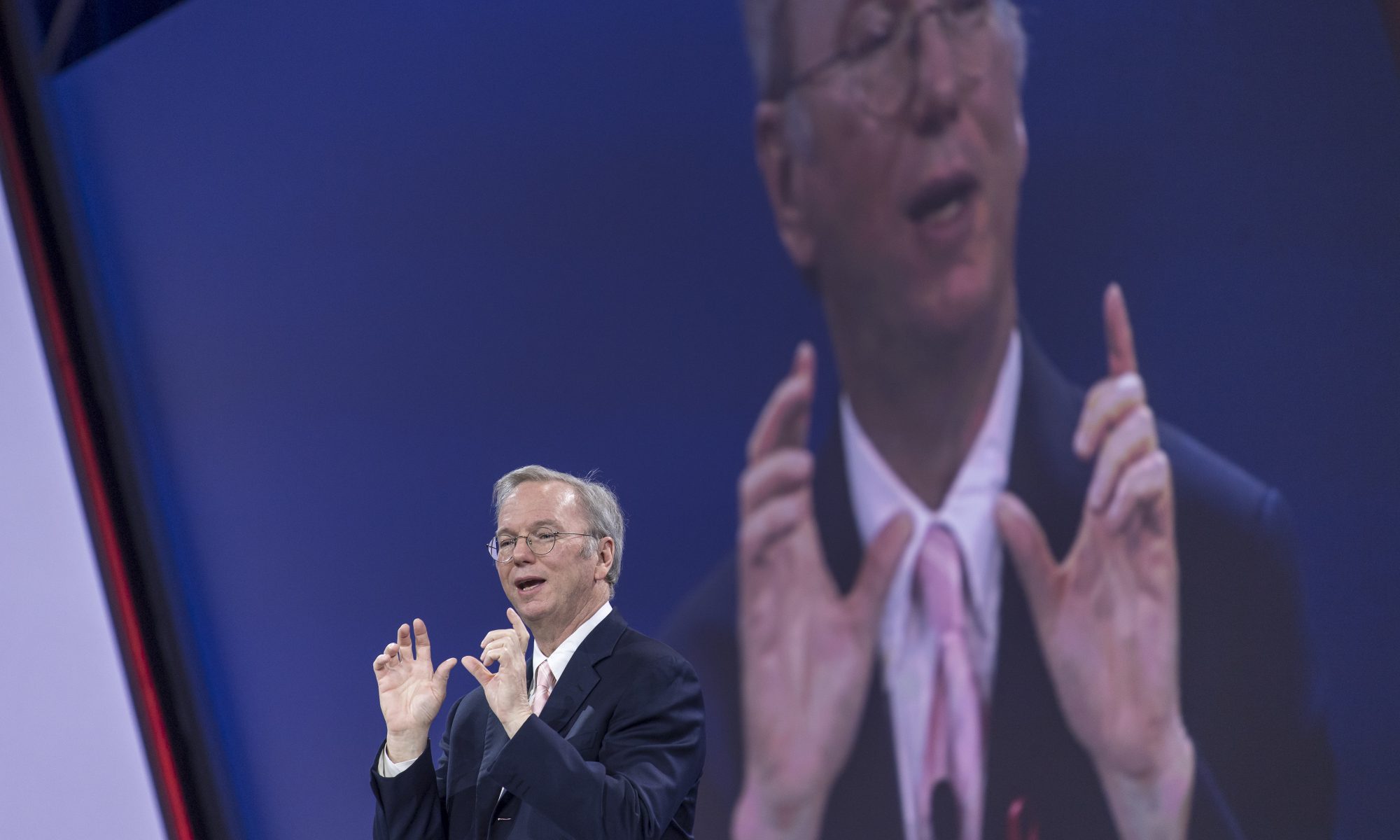Village Global is leveraging its network of tech luminaries to support the next generation of entrepreneurs.
The $100 million early-stage venture capital firm, which counts Microsoft’s Bill Gates, Facebook’s Mark Zuckerberg, Alphabet’s Eric Schmidt, Amazon’s Jeff Bezos, LinkedIn’s Reid Hoffman and many other high-profile techies as limited partners (LPs), quietly announced on Friday that the accelerator it piloted earlier this year would become a permanent fixture.
Called Network Catalyst, Village provides formation-stage startups with $150,000 and three-months of programming in exchange for 7 percent equity. Its key offering, however, is access to its impressive roster of LPs.
To formally announce Network Catalyst, Village brought none other than Bill Gates to San Francisco for a fireside chat with Eventbrite CEO Julia Hartz . During the hour-long talk, Gates handed out candid advice on building a successful company, insights on philanthropy and predictions on the future of technology. He later met individually with the founders of Village’s portfolio companies.
“I have a fairly hardcore view that there should be a very large sacrifice made during those early years,” Gates said. “In those early years, you need to have a team that’s pretty maniacal about the company.”
During the Q&A session, Gates regurgitated one of his great anecdotes. In the early days of Microsoft, he would memorize his employee’s license plates so he knew when they were coming and going, quietly noting who was working the longest hours. He admitted, to no one’s surprise, that he struggled with work-life balance.
“I think you can over worship the idea of working extremely hard,” he said. “For my particular makeup, it’s really true I didn’t believe in weekends or vacations … Once I got in my 30s,’ I could hardly imagine how I’d done that because by then something natural thing inside of me kicked in and I loved weekends and my girlfriend liked vacations and that turned out to be a great thing.”
Gates has been an active investor in Village since it emerged one year ago. VMWare founder Diane Greene, Disney CEO Bob Iger and Spanx CEO Sara Blakely are also on the firm’s long list of LPs.
Village is led by four general partners: Erik Torenberg, Product Hunt’s first employee; LinkedIn’s former chief of staff Ben Casnocha; Chegg’s former chief business officer Anne Dwane; and former Canaan partner Ross Fubini. They initially filed to raise a $50 million fund in mid-2017 but ultimately closed on $100 million in March. The firm relies heavily on scouts — angel investors and others knowledgeable of the startup world — to source deals. The scouts, in return, earn a portion of the firm’s returns.

Former Alphabet chairman Eric Schmidt.
An accelerator program has been part of Village’s plan since the beginning.
Pinterest CEO Ben Silbermann, Fidelity CEO Abby Johnson, Hoffman, Iger, Blakely and Schmidt all worked with Network Catalyst’s debut cohort of founders. Village co-founder Anne Dwane said Hoffman and former Twitter CEO Ev Williams have signed on to work with the next cohort.
“It is about contacts, not content,” Dwane told TechCrunch. “The most important thing is who you can meet to help you take your business forward.”
San Francisco-based VeriSIM, a startup building AI-enabled biosimulation models, was among the debut class of companies that participated in Network Catalyst. Jo Varshney, the company’s founder and CEO, said the accelerator’s personalization and customization set it apart from competing options.
“It seemed like I had a team of people working alongside me even though I’m a solo founder,” Varshney told TechCrunch.
After completing the program, Schmidt introduced Varshney to a number of investors. She quickly closed a $1.5 million seed round.
“One year in and I already have a one-on-one meeting with Bill Gates,” she added.
Applications for the accelerator close on Dec. 7 with programming kicking off Jan. 14. Village plans to enroll at least 12 companies across industries.

Source: Tech Crunch






